Art Hacks: Study Time
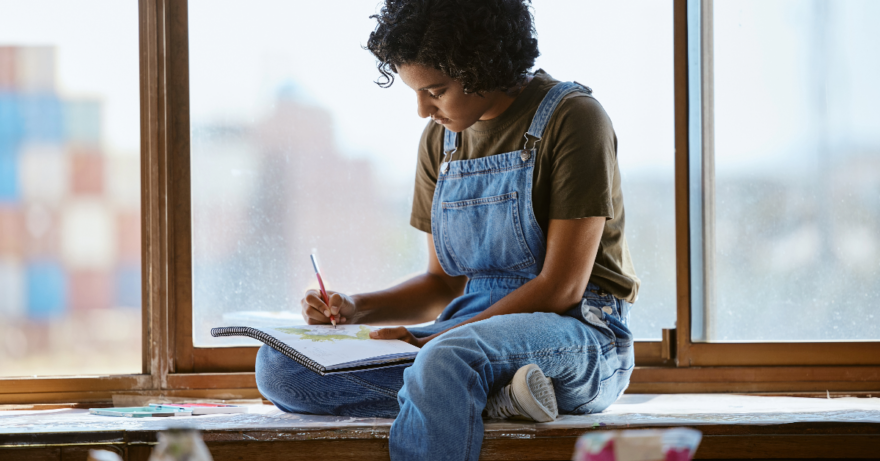
Experiment with variations to get to your true intention.
This article originally appeared in Artists Magazine. Subscribe now so you don’t miss any great art instruction, inspiration, and articles like this one.
Why Study?
- Making a study (or studies) is a trial run. You can learn a lot—from testing arrangements and proportions of objects within your composition to gaining insights about materials, form, scale, visual rhythm and color.
- It’s a chance to practice—to grow and develop your execution of techniques and skills.
Material Matters
- Make studies using your cheapest materials—nothing precious—so that you aren’t holding back your explorations or mark-making. This is about noodling on a problem again and again until something bubbles up.
- Small-scale art boards that complement a variety of media are readily available. A great alternative is to cut a large Bristol board into a group of small 5×7-inch surfaces for studies.
Reader Hack
I use my beautiful crystal wine goblets—the same ones that I rarely used for holiday dining and entertaining—as vessels for my painting water and as holders for both my clean and dirty brushes. The glasses used to take up space in my china cabinet, but I couldn’t bear to give them away, so instead I’ve put them to good use in my painting practice—combining both beauty and utility.
—Margaret Aslanis Nystrom
Composition Notes
- Position and reposition figures or major shapes in a study. Moving them deliberately can help you see the pros and cons of different vantage points and arrangements before you make a final decision.
- Our mental iterations don’t always match up with what we execute on canvas. A study allows you to see if you can translate an idea or scene in a way that’s satisfying and worth the studio time to make it happen.
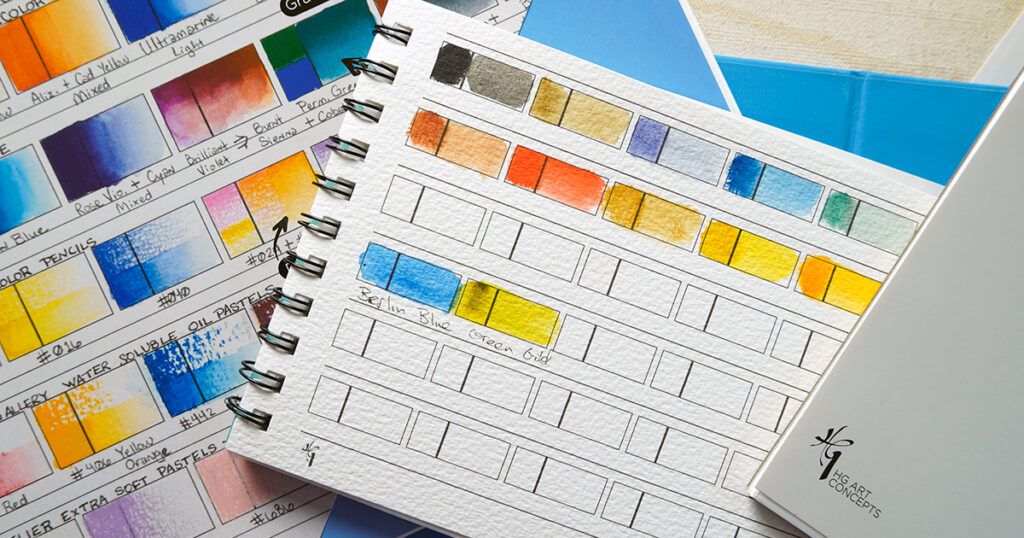
Pop Quiz! Color Testing
- The nuances of color can make or break a painting. Create a value study that explores the lightest lights to the darkest darks.
- Explore colors to discover which mixtures work best for a given piece.
- Create a color map to observe how color relationships work together in a composition.
- Challenge yourself to explore alternative color arrangements or combinations that might better convey your intention.
- Avoid simply translating colors from a photo reference. A study can help you break free of a reference and explore the palette that works best, even if it requires a drastic change.
Make a Study When …
- … the urge to experiment creeps in. Explore visual solutions and treatments before settling on a direction forward.
- … you’re ready for a change, whether it’s a break from the materials you typically use or the subjects you usually depict.
- … you’re faced with a mental roadblock for a painting in progress.
- … you’re trying to capture a fleeting moment, such as a sunrise. Merge multiple studies of the same subject into a composite to help you recreate the whole from the sum of several.
The More, the Merrier
- Create a sequence of studies that transition from the abstract to the representational. Observe which element appears consistently; it might be the subject you’re most interested in depicting.
- Begin with a complex composition and challenge yourself to simplify it. Or, start with a study that features a single gesture or element that builds in complexity while remaining true to the initial idea.
- Make a series using various textures to determine which treatment best highlights the composition.
- Explore levels of transparency.
- Create a series employing a specific technique you’d like to master. This helps to build muscle memory faster.
- Paint the same composition using different materials to discover which pairs best with your artistic intention.
Enjoying this article? Sign up for our newsletter!
From our Shop
-
 Pastel Journal Winter 2024 Digital Edition
Pastel Journal Winter 2024 Digital Edition$9.99$6.99 -
 Southwest Art December 2023/January 2024 Print Edition
Southwest Art December 2023/January 2024 Print Edition$13.99$9.79 -
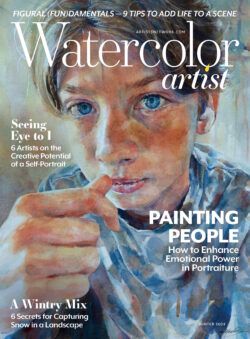 Watercolor Artist Winter 2024 Print Edition
Watercolor Artist Winter 2024 Print Edition$13.99$9.79

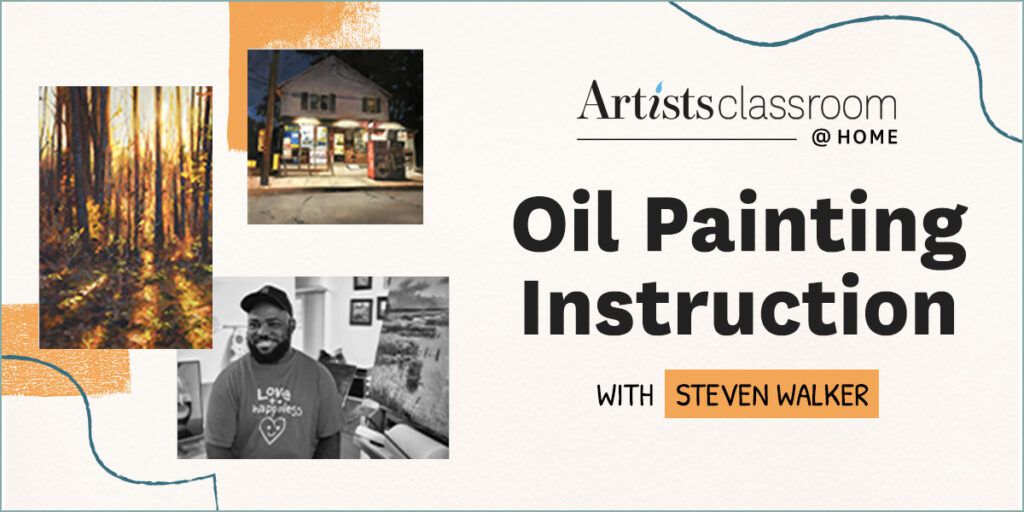
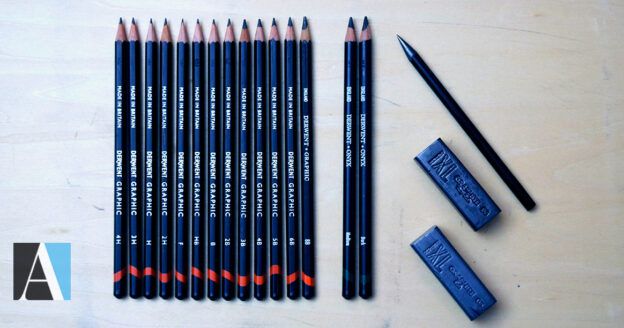

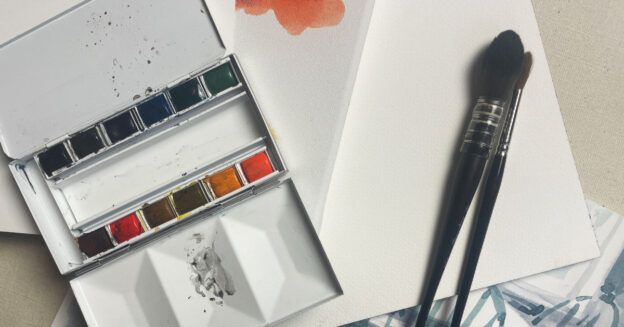
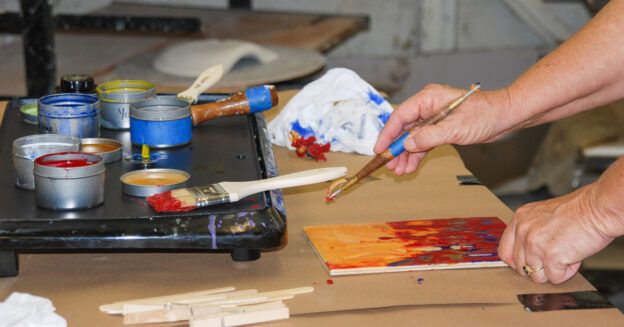
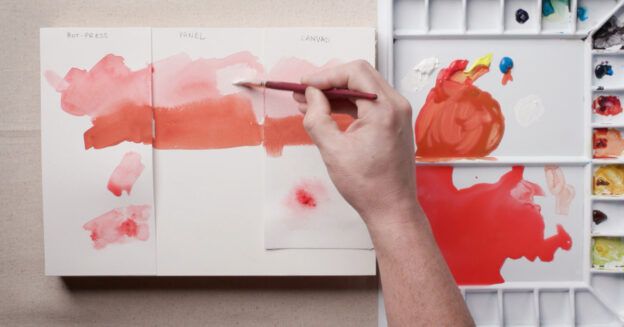


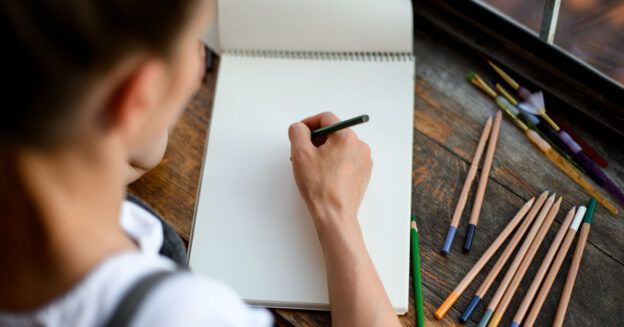


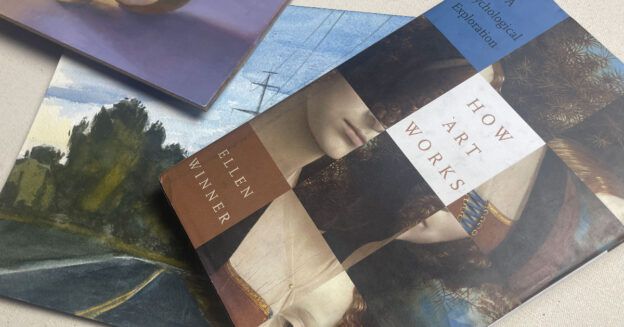
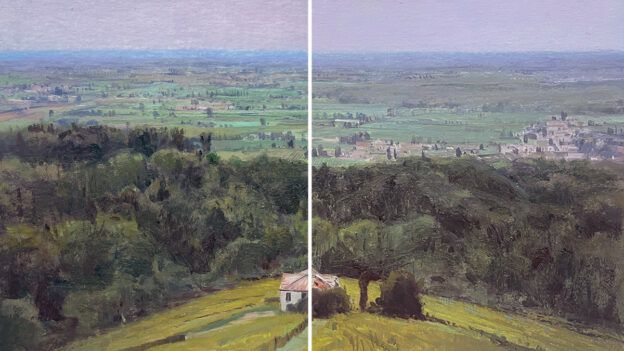
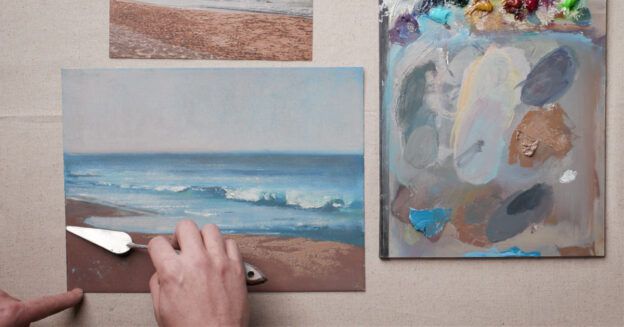
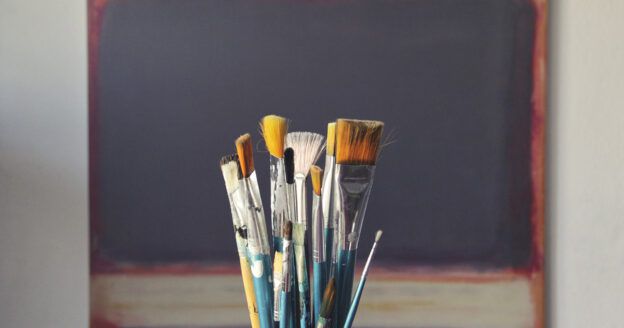

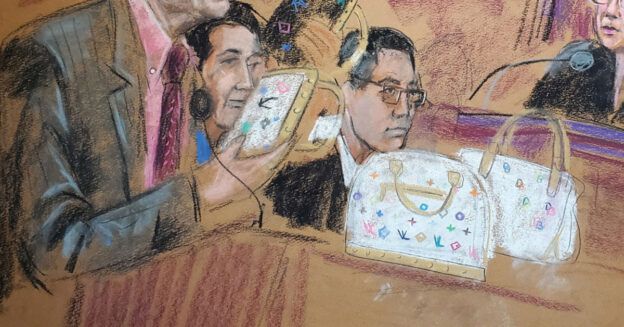
Join the Conversation!